By Alexander Ames and Mark Samuels Lasner
We wish to make the Fellowship of American Bibliophilic Societies aware of a new book from the Grolier Club that illuminates an important specialty of book history and collecting: the art of the ex-libris. Edited by Alexander Lawrence Ames and Mark Samuels Lasner with contributions from William E. Butler and Molly E. Dotson, Grolier Club Bookplates, Past & Present shows that the art of the bookplate is alive and well among Grolier Club members—just as it has been for more than 130 years.
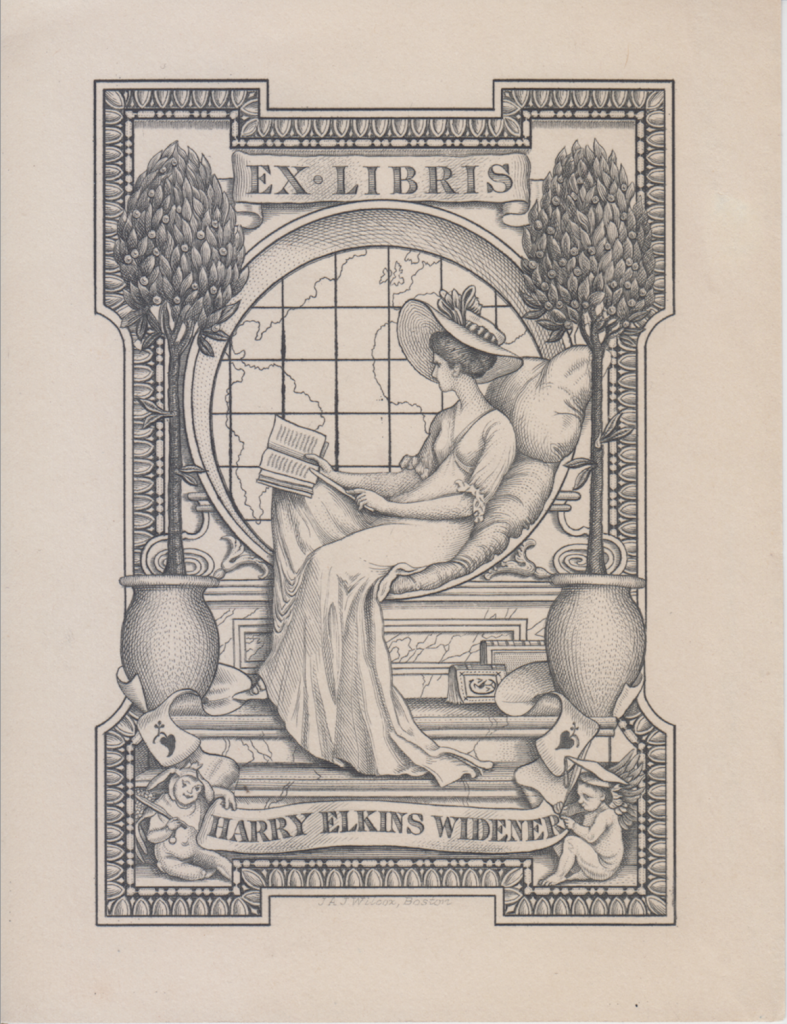
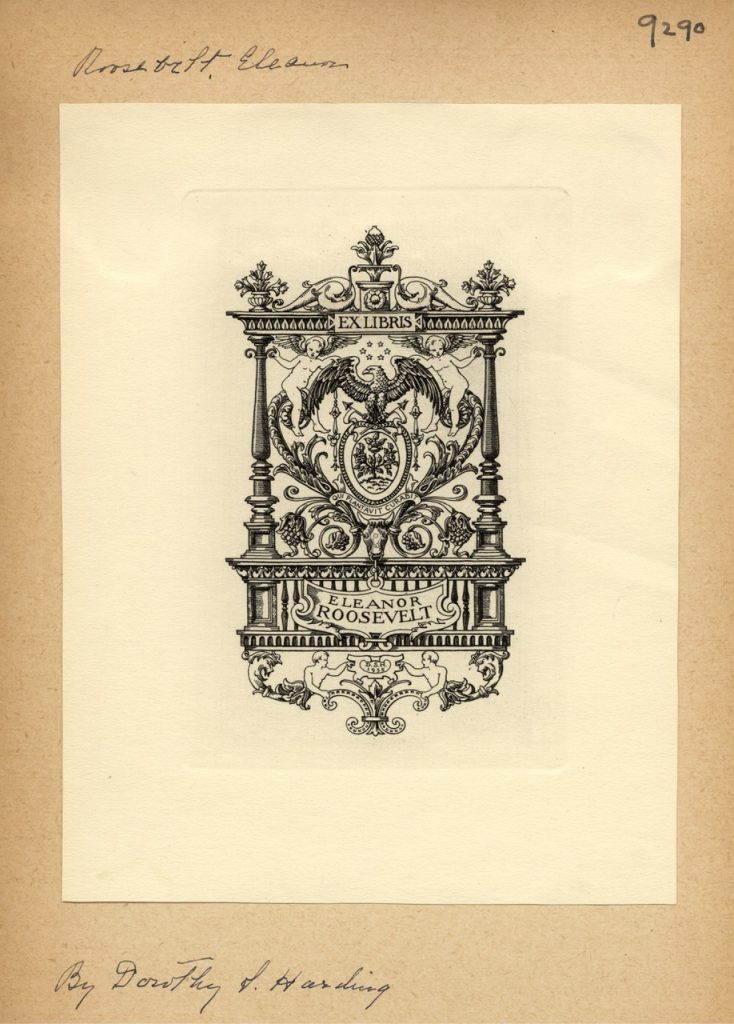
The functional purpose of the bookplate is simple: collectors paste the small pieces of paper or leather into their volumes to identify ownership and establish a trail of provenance. Yet for centuries, bookplates have also served as visual testaments to book collectors’ personalities, passions, and legacies. Ex-libris collecting and trading even emerged as a distinct bibliophilic enterprise, in line with bookplates’ association with owner’ personal traits and refinements. Today, the ex libris is a relatively obscure art form, its heyday in the United States having lasted from roughly 1880 to 1950. Bookplate design, printing, and use remain central to many book collectors’ activities, however. The plates of past Grolier Club members rank among the finest examples of the art form, and many current members continue to commission and employ bookplates as part of their collecting practice. The “Grolier Club Bookplates, Past & Present” exhibition (November 2016–January 2017) showcased historic and contemporary bookplates alongside one another, to celebrate the continued vitality of the art form within and beyond the Grolier Club, and to encourage further exploration of the art form.
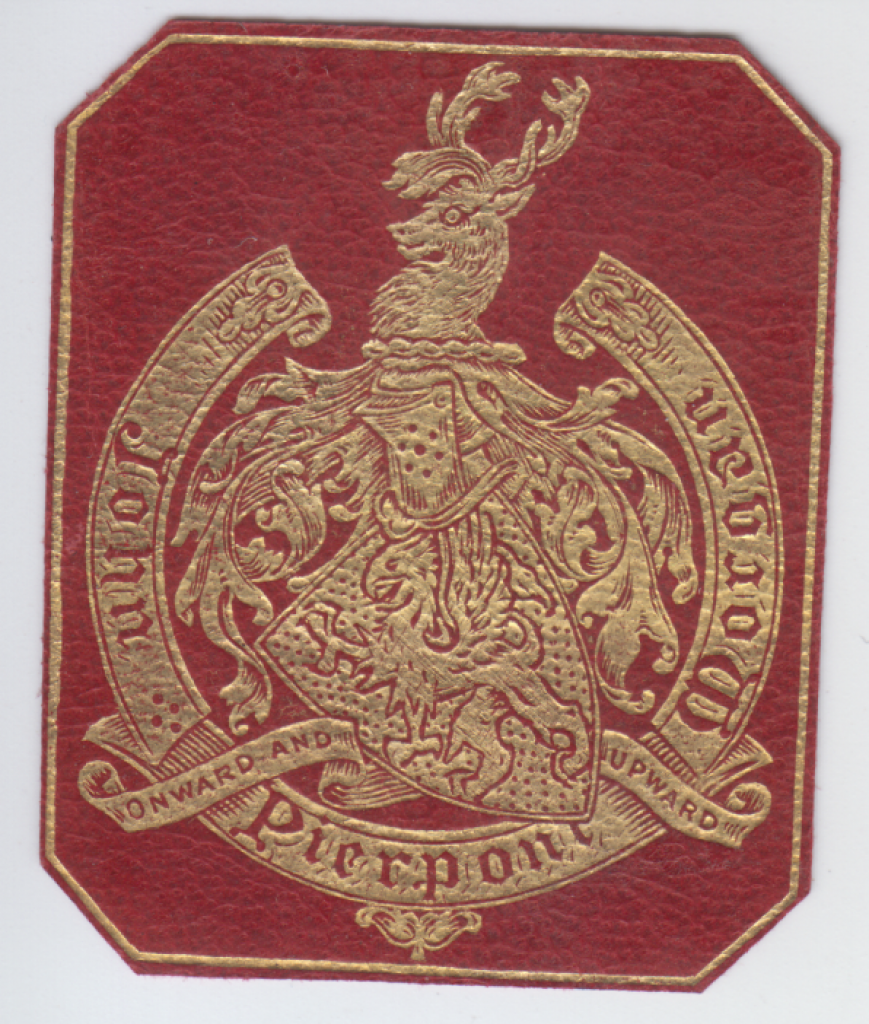
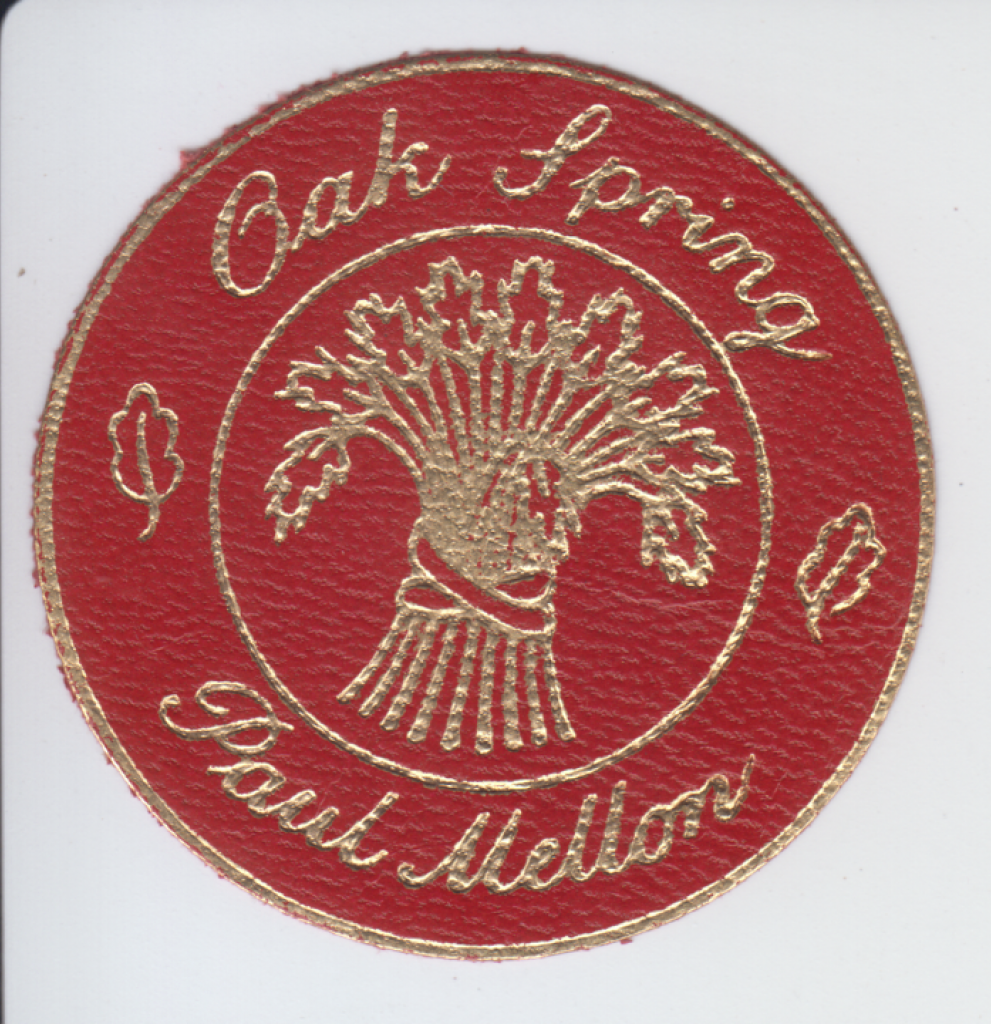
Bookplates are more than decorative embellishments. In many cases, thoughtful collectors worked closely with artists and printers to design fitting testaments to their individual interests. Knowing that their bookplates would likely remain pasted into their treasured volumes for years to come, collectors employed the ex libris to establish their legacy among future owners and readers. The plates included in the “Grolier Club Bookplates” exhibition and this catalogue exude the character of their owners, and the design savvy of their makers. Illustrious collectors ranging from Eleanor Roosevelt to Harry Elkins Widener, J.P. Morgan and Paul Mellon come to life through bookplates by such celebrated figures as Dorothy Sturgis Harding, Eric Gill, Walter Crane, Rudolph Koch, and Rockwell Kent. Presenting dozens of examples of the ex libris art form, each piece imbued with special meaning for maker, user, and viewer alike, Grolier Club Bookplates, Past & Present emphasizes the meaning behind the symbolism in the plates, and the legacy of the artists who bring patrons’ dreams to fruition.
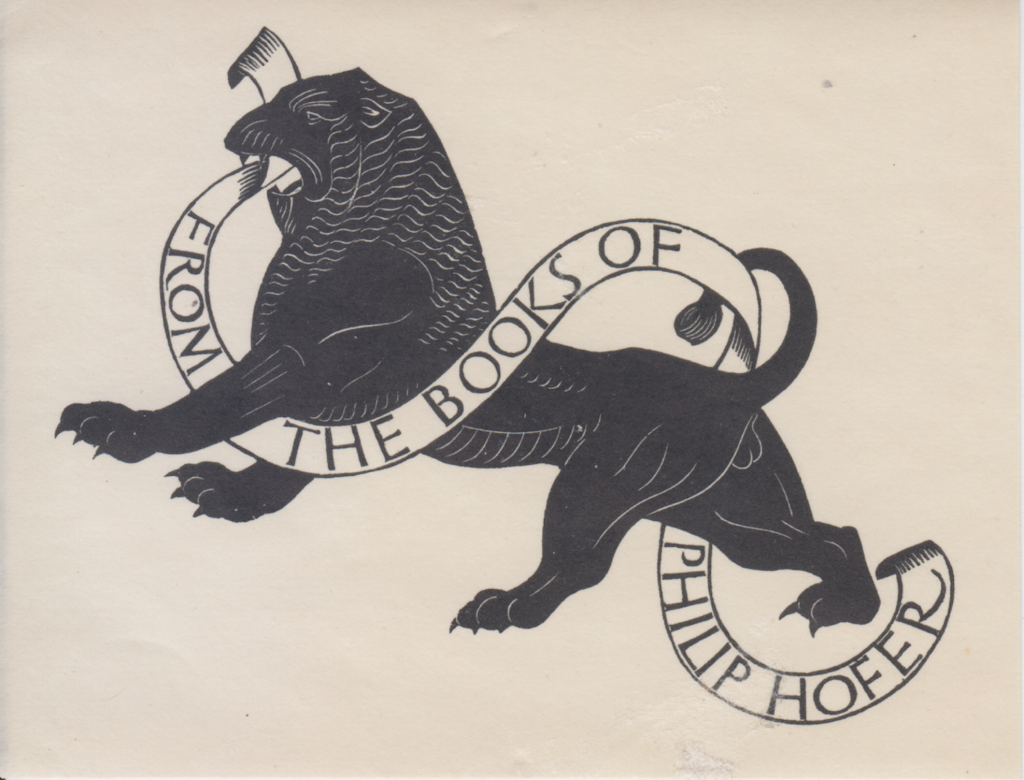
This publication was long in the making. It began as a record of the 2016-2017 exhibition, expanded to include the bookplates of Grolier Club members who joined after the exhibition’s run, or who have since obtained bookplates. Scholarly and professional demands on the editors’ time resulted in delays, as did the COVID-19 pandemic, which made access to the Grolier Club’s collections difficult. Yet this pause also allowed for the development of additional commentary to accompany the original content. Included are essays based on talks given at the Grolier Club symposium “The World of Bookplates” (January 11, 2017) by two Grolier Club members, Alexander Lawrence Ames and William E. Butler, John Edward Fowler Distinguished Professor of Law at Penn State Dickinson Law, and by Molly Dotson, Graphic Arts Librarian at Princeton University Library and a former Curator of the Yale Bookplate Collection. These contributions provide not only a useful introduction to the subject, but give what could be seen as a parochial publication a broader appeal to those interested in bookplates, printmaking, the history of collecting, and bibliophily. Grolier Club Bookplates, Past & Present represents a milestone in ex-libris scholarship and a testament to the vibrancy of the art form.

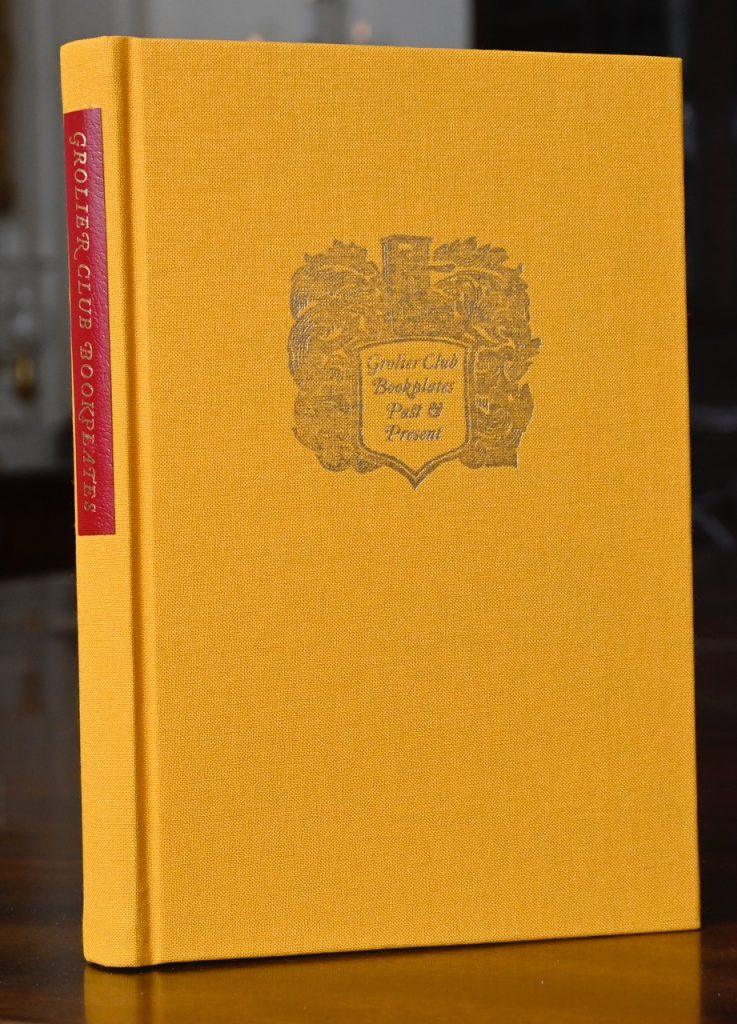
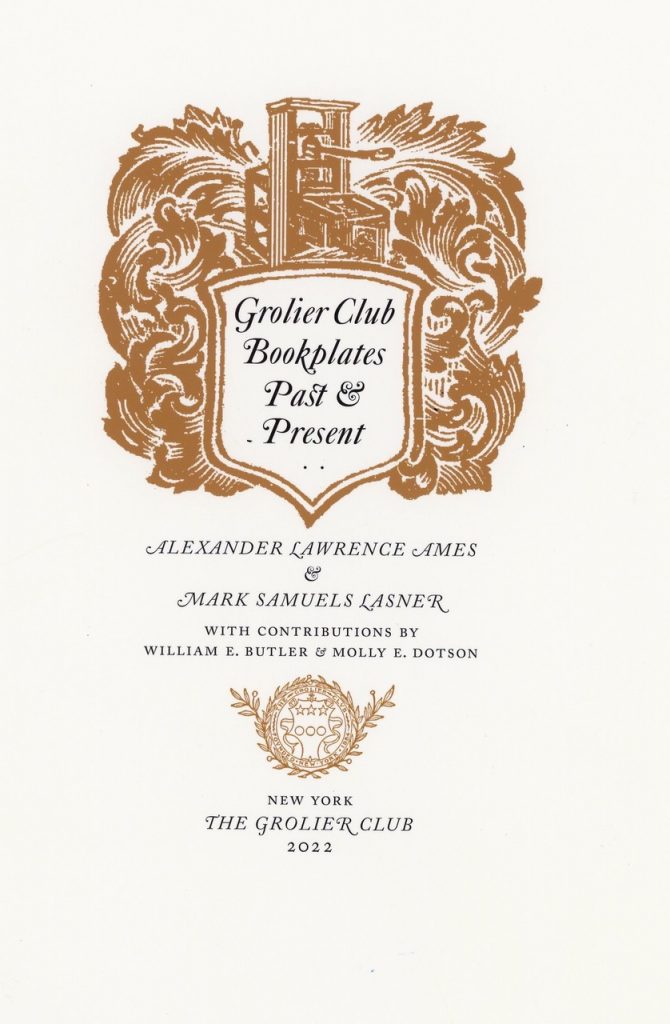
Lavishly illustrated and with beautiful typography by Jerry Kelley, Grolier Club Bookplates has a special feature which will appeal to collectors; each copy contains a rare, original Grolier Club bookplate, designed by George Wharton Edwards in 1889.
160 pages, 116 color plates, 20 halftones, 6 x 9 in.
ISBN ISBN: 9781605831046 $85
Copies can be ordered from the University of Chicago Press, the distributor for the Grolier Club, and from other sources, including Amazon. Learn more at https://press.uchicago.edu/ucp/books/book/distributed/G/bo208668137.html.
Alexander L. Ames is Director of Outreach & Engagement at the the Rosenbach Museum & Library and Mark Samuels Lasner is Senior Research Fellow, University of Delaware Library, Museums and Press. Between them they belong to multiple FABS clubs, among them the Grolier Club, Philobiblon Club, Delaware Bibliophiles, Baltimore Bibliophiles, Caxton Club, and the William Morris Society in the United States.
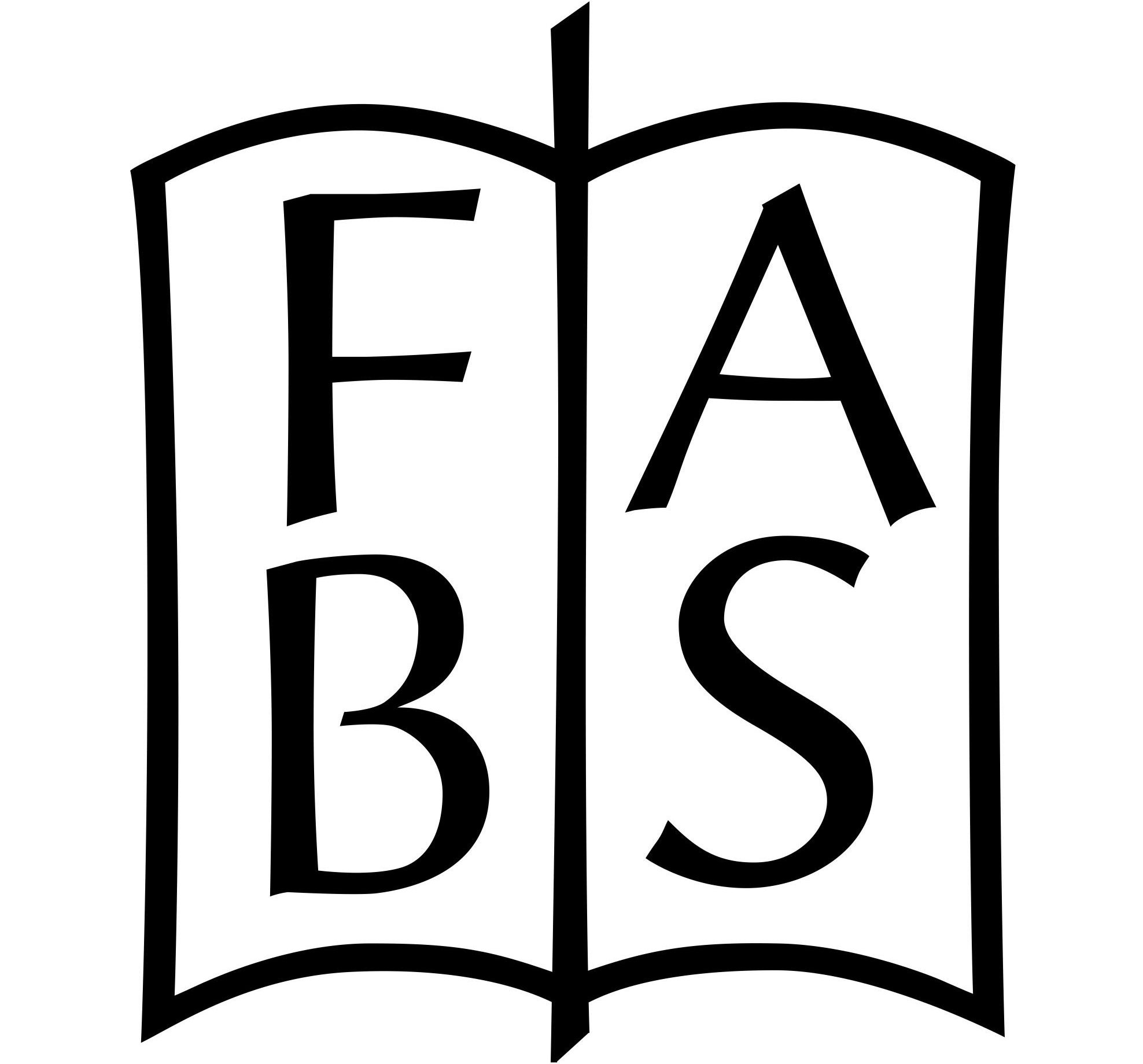
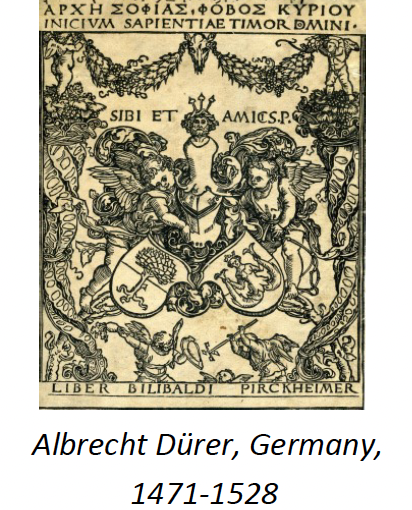

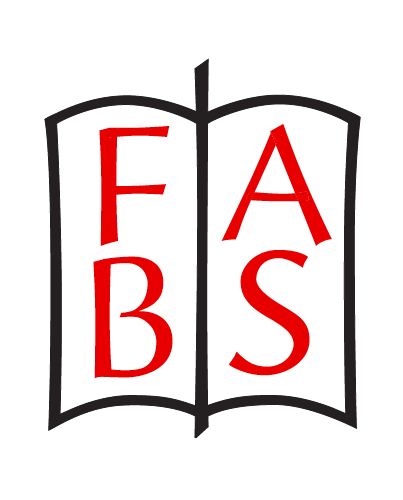
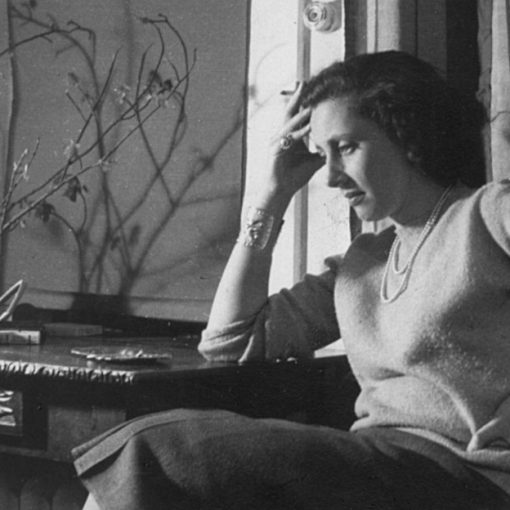
2 thoughts on “Of Interest to Bibliophiles: A New Book About Bookplates”
McGill University, Rare Book Department-Montreal, has an extensive collection of bookplates, including two herewith mentionned by you-Eric Gill and Rockwell Kent among many others. I worked over 3 years to put this collection together. You can find it on the McGill Library website.-or contact jennifer.garland@mcgill.ca for further info.
Many thanks for your comment and the link!